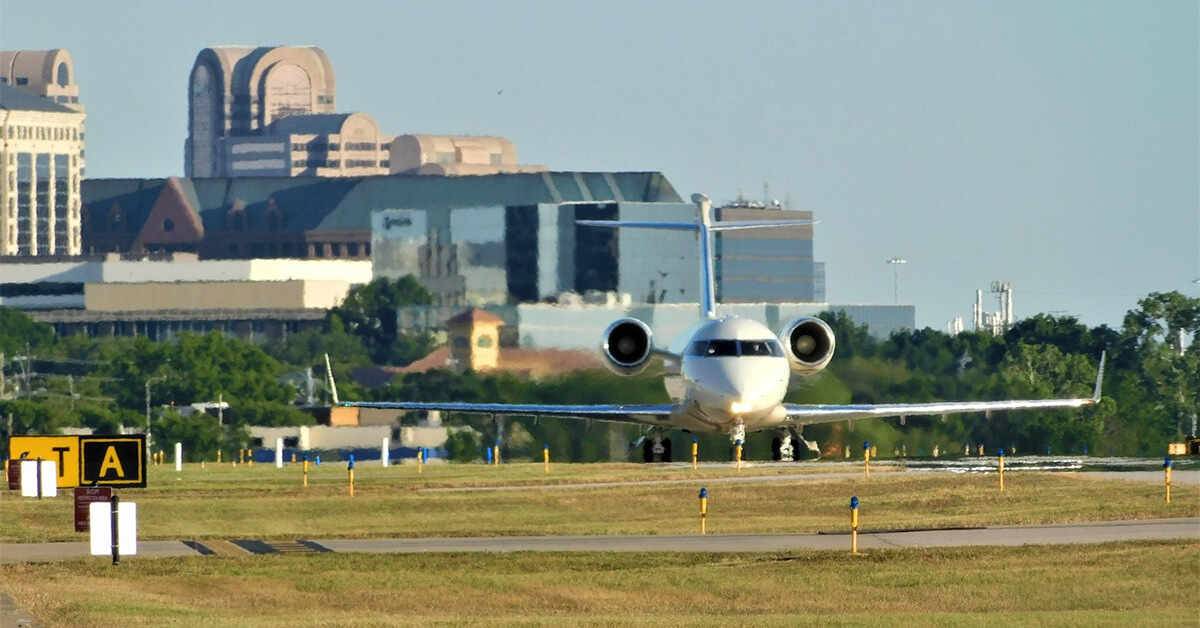
Sept. 15, 2020
NBAA’s Senior Vice President of Government Affairs Christa Lucas and Director of Airports and Ground Infrastructure Alex Gertsen shared with state aviation officials the lessons business aircraft operators and owners are learning from COVID-19 during the 2020 National Association of State Aviation Officials (NASAO) Virtual Conference and Exposition.
Lucas explained the positive impact of the Coronavirus Aid, Relief and Economic Security (CARES) Act and other economic recovery policies, but shared overall business aircraft operations and related variables, such as fuel sales, are still down.
Further, she acknowledged that while the CARES Act provided some relief to general aviation airports, revenues at most airports are still down significantly, compared to previous years.
Gertsen, who has worked closely with airport directors throughout the pandemic, reported operations and fuel flowage at Teterboro Airport (TEB) are about 50% compared to the same month last year as an example of what some general aviation airports are facing.
“Some airports fared a little better during the pandemic, though, in part due to different restrictions from one state or county to another,” said Gertsen, adding operations at Addison Airport (ADS) in Texas are near normal now and operations at Van Nuys Airport (VNY) in California are approaching normal numbers, though fuel flowage is still down 35%.
“It is important to look at both operational numbers as well as fuel flowage,” Gertsen added. “While operations are coming back, fuel flowage shows it’s a different type of operation,” specifically, almost exclusively domestic operations with no international operations to boost fuel sales.
Lower fuel flowage rates mean airport and state revenues are down, some significantly.
Gertsen added that currently flying in the system with fewer aircraft and consistent clearances for more direct routing, pilots may get a false perception from the flight deck that noise is no longer as much of concern. In fact, while operations are down, noise complaints are actually at pre-pandemic levels, and at some airports higher due to more people working from home and elevated sensitivity to the disturbance from each aircraft. He encouraged all pilots to keep observing noise abatement procedures and to continue to fly neighborly.
Both were asked to predict the full recovery date for air transportation.
“When we talk to our members, they hesitate to predict [recovery] much beyond [how they see the situation] three months from now,” said Lucas, explaining business travel has not come back in large part. “Our community is taking all the necessary precautions we can – like providing a safe and healthy flying experience, but we cannot predict the unknowns – like when a vaccine will be approved and disseminated, when and if there will be local and state travel restrictions and when in-person meetings will begin again. All of those factors impact business travel and as a result, business aviation operations.
In addition to the panel discussion, NBAA is represented at the two-day NASAO Virtual Conference and Exposition, answering questions and talking with attendees in a virtual convention floor booth.


 International Business Aviation Council Ltd.
International Business Aviation Council Ltd.